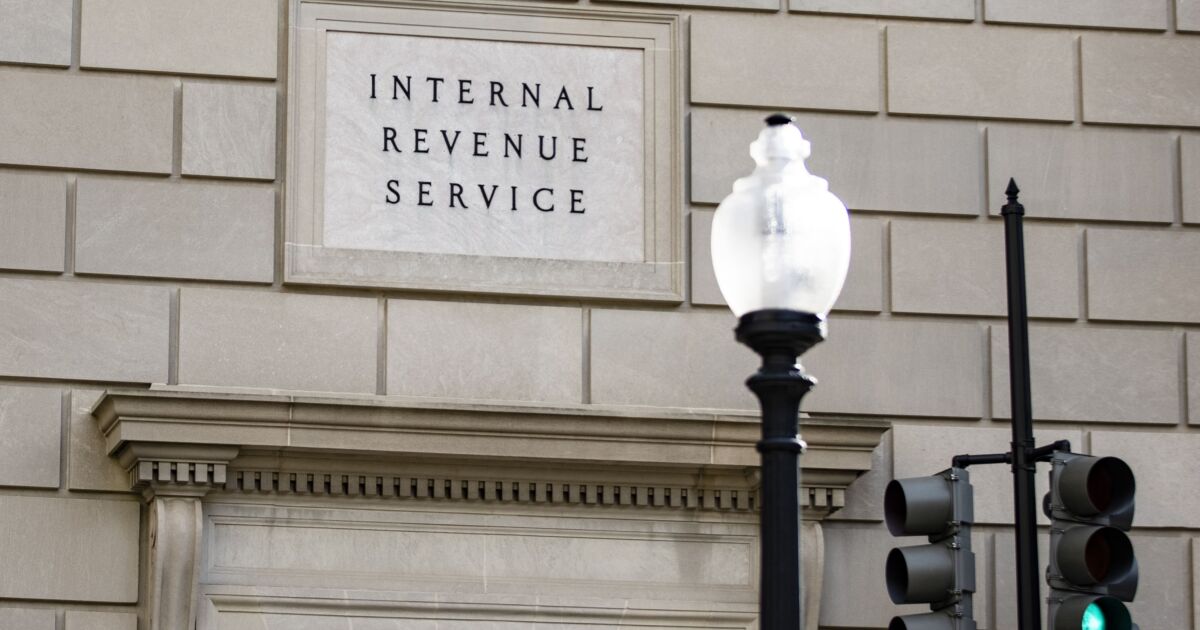In the world of depreciation planning, one small timing detail continues to fly under the radar — and it’s costing taxpayers serious money.
Most people fixate on what a property costs or how much they can write off. But the placed-in-service date — when the IRS considers a property ready and available for use — plays a crucial role in determining bonus depreciation eligibility for cost segregation studies.
And as bonus depreciation continues to phase out (or possibly bounce back), that timing has never been more important.
Why placed-in-service timing gets overlooked
The IRS defines “placed in service” as the moment a property is ready and available for its intended use.
For rentals, that means:
- It’s available for move-in, and,
- It’s listed or actively being shown.
But in practice, this definition gets misapplied. Some real estate owners assume the closing date is enough. Others delay listing the property until after the new year, missing key depreciation opportunities.
And that gap between intent and readiness? That’s where deductions quietly slip away.
Bonus depreciation: The clock is ticking
Under current law, bonus depreciation is tapering fast:
- 2024: 60%
- 2025: 40%
- 2026: 20%
- 2027: 0%
The difference between a property placed in service on December 31 versus January 2 can translate into tens of thousands in immediate deductions.
And just to make things more interesting — on May 9, the House Ways and Means Committee released a draft bill that would reinstate 100% bonus depreciation retroactive to Jan. 20, 2025. (The bill was passed last week by the House as part of the One Big Beautiful Bill and is now with the Senate.)
The result? Accountants now have to think in two timelines:
- What the current rules say;
- What Congress might say a few months from now.
It’s a tricky season to navigate — but also one where proactive advice carries real weight.
Typical scenarios where timing matters
Placed-in-service missteps don’t always show up on a tax return — but they quietly erode what could’ve been better results. Some common examples:
- End-of-year closings where the property isn’t listed or rent-ready until January.
- Short-term rentals delayed by renovation punch lists or permitting hang-ups.
- Commercial buildings waiting on tenant improvements before becoming operational.
Each of these cases may involve a difference of just a few days — but that’s enough to miss a year’s bonus depreciation percentage.
Planning moves for the second half of the year
As Q3 and Q4 approach, here are a few moves worth making:
- Confirm the service-readiness timeline with clients acquiring property in the second half of the year.
- Educate on what “in service” really means — closing isn’t enough.
- Create a checklist for documentation: utilities on, photos of rent-ready condition, listings or lease activity.
- Track bonus depreciation eligibility relative to current and potential legislative shifts.
For properties acquired late in the year, encourage clients to fast-track final steps. The tax impact of being placed in service by December 31 versus January 2 is larger than most realize.
If the window closes, there’s still value
Even if a property misses bonus depreciation, cost segregation still creates long-term savings — especially for high-income earners.
Partial-year depreciation still applies, and in some cases, Form 3115 can allow for catch-up depreciation in future years. The strategy may shift, but the opportunity doesn’t disappear.
Placed-in-service dates don’t usually show up on investor spreadsheets. But they’re one of the most controllable levers in maximizing tax savings. For CPAs and advisors, helping clients navigate that timing correctly can deliver outsized results.
Because at the end of the day, smart tax planning isn’t just about what you buy — it’s about when you put it to work.


 Accounting1 week ago
Accounting1 week ago
 Economics1 week ago
Economics1 week ago
 Personal Finance1 week ago
Personal Finance1 week ago
 Accounting1 week ago
Accounting1 week ago
 Finance1 week ago
Finance1 week ago
 Economics1 week ago
Economics1 week ago
 Economics1 week ago
Economics1 week ago
 Economics1 week ago
Economics1 week ago












